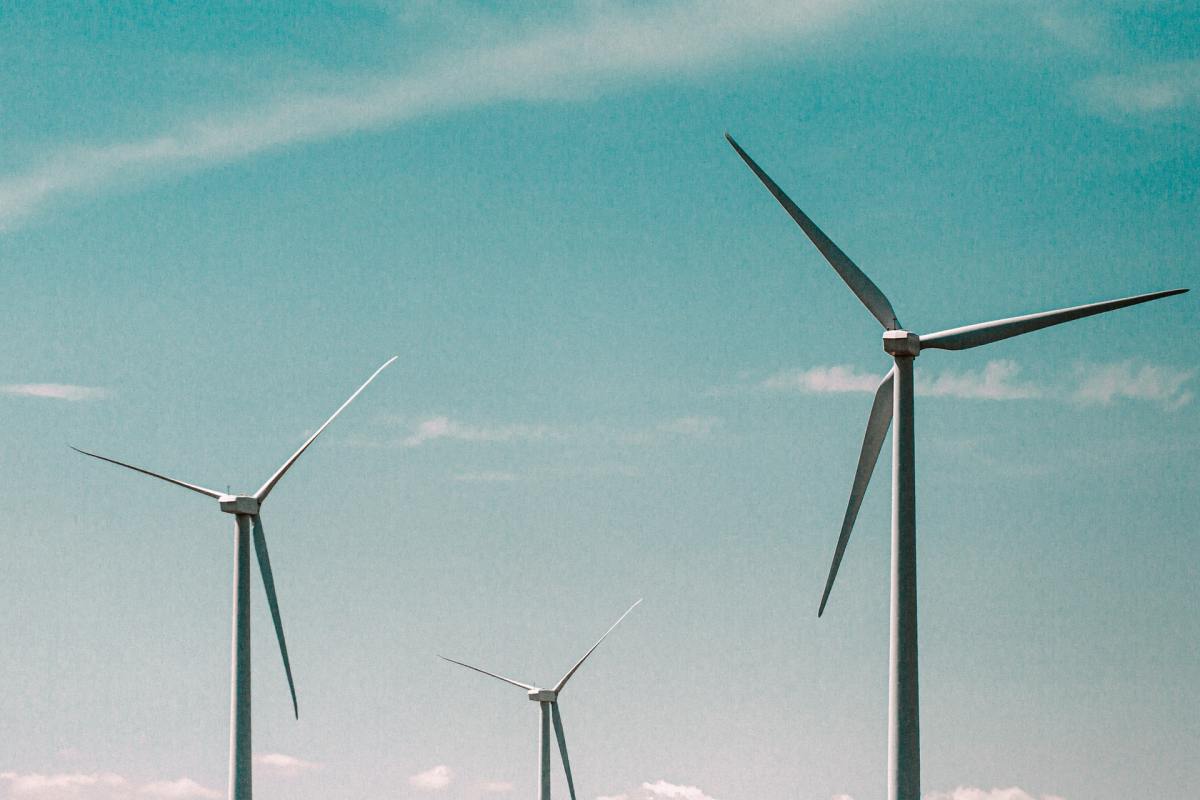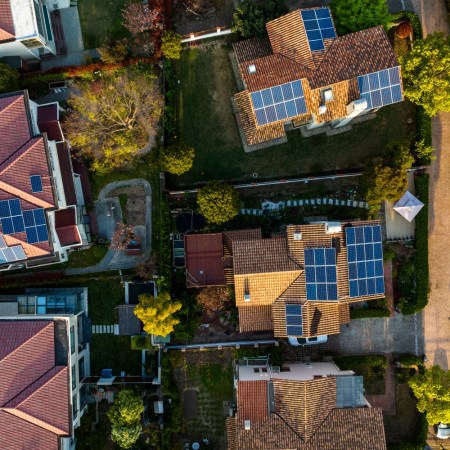At a time when many people’s energy bills have seen steep increases, it’s reassuring to hear that there might well be a way to save $384 million on the nation’s power bills. According to a new study from Colorado State University and the NOAA’s Global Systems Laboratory, that’s a lot more achievable than it sounds — and the answer takes the form of wind forecasting.
As Justine Calma at The Verge notes, wind turbine technology has improved over the years, but being able to forecast when it will be windy (or not) can make these systems more efficient. And if you have a better sense of when to store energy and when to generate it, that efficiency will lead to money saved — which, in turn, can be passed along to utility customers.
According to the Global Systems Laboratory’s Dave Turner, more efficient modeling leads to reductions in both overproduction and underproduction; both are important. “Overprediction required the utilities to purchase energy off the spot market, while underprediction resulted in costs associated with the unneeded burning of fossil fuels,” he said as part of the NOAA’s announcement of the study.
How does that translate into an estimate of cost savings? The study used two different versions of the NOAA’s High Resolution Rapid Refresh model — one older and one newer and more accurate — and calcuated the differences between the two.
As the nation’s power grid becomes more and more reliant on sources other than fossil fuels, more precise weather forecasts will make a huge difference in a lot of ways. This study covers a lot of ground, making the case for increased precision in forecasts for both environmental and economic reasons.
Thanks for reading InsideHook. Sign up for our daily newsletter and be in the know.


















